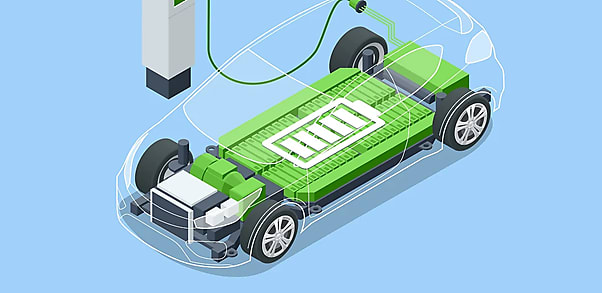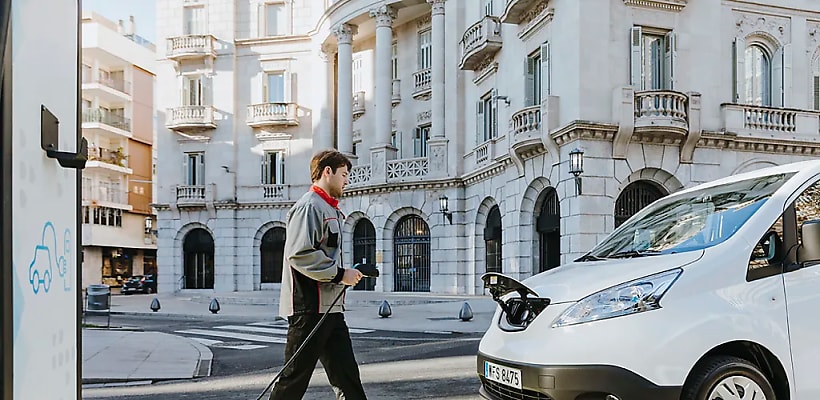
If you run a fleet with electric vehicles (EVs), you’re likely concerned about the health and performance of your EV batteries. The reason is clear and simple: Batteries can constitute up to 40% of an EV’s value—and battery performance plays a role in EV residual value.
To ensure the reliability and durability of your EVs, you’ll want to make EV battery care a core priority.
In this article, we highlight three ways electric fleets can improve their EV battery management. Then later in this article, we’ll look at the power of analytics in managing battery health and performance.
Three ways fleets can improve EV battery management
1. Avoid keeping your EVs connected to a charge point after the battery is fully charged
Studies show that keeping an EV connected to a charging station once it’s fully charged can accelerate degradation in battery health. Maintaining a high state of charge for longer periods of time stresses EV battery cells, leading to faster battery ageing.
Our advice: Charge your EV batteries to 100% only when necessary. The most battery-friendly charge level is between 20% and 80%. When an electric vehicle battery drops below 20%, a similar loss of performance takes place as when maintaining a high state of charge. Staying within the optimal charging range helps extend battery life and saves you charging time.
2. Optimise your EV charging routines to minimise fast charges
Fast chargers offer quick battery replenishment, but their high-energy input rates can cause a rapid rise in battery temperature. Heat contributes to electric battery degradation. As some OEMs point out, primarily charging with fast DC chargers can diminish the lifespan of your EV batteries.
Our advice: Plan ahead and assess the required battery level for a day’s jobs. That way, you can adopt charging routines that use overnight charging with slower chargers. Save fast chargers for emergencies, minimising any draining impact on your electric batteries.

3. Monitor EV battery health
As an electric battery ages, its charge capacity decreases, resulting in reduced vehicle range. Most battery management systems (BMS) for EVs provide an estimated information on the battery’s state of health (SoH). This data enables you to track the total battery capacity, among other battery information.
The accuracy of this estimated SoH decreases over the battery’s lifetime, so you’ll want to monitor other values to understand the exact state of health, either with data-based battery analytics or by regularly checking your charging routine. For example, you can analyse your charging cycles to monitor battery level and remaining range. These values would give you some insights about electric battery performance, which would help you get the most out of your EVs over the long run.
Our advice: If you notice any charging abnormalities, contact your vehicle dealer or leaser for warranty coverage, or have your EV checked out by your preferred workshop.
How to harness the power of EV battery analytics
A personal EV driver will generally only need to charge their vehicle overnight, avoiding the extra cost of peak-time charging. Commercial fleets may not always have this flexibility, as their schedules dictate when vehicles need to be on the road and when they need to be charged. Managing a fleet of 10-plus EVs is an administrative headache—unless you can turn to some digital assistance.
Telematics makes it easier to tackle EV battery challenges. For instance, a solution like Webfleet enables fleet managers to track fleet charging sessions in real time. With their EVs connected to our platform, fleet operators can also monitor battery state of health (note: a Webfleet specialist can tell you if your vehicle model is supported with this feature).
Wondering how a driver’s behaviour on the road is affecting energy consumption? A telematics system will provide data on speeding and acceleration. Do you want a big-picture understanding of your charging patterns? Draw insights from your historical data, from start and end battery levels to session locations.
If you’re just starting out on your EV journey, we recommend exploring how telematics can support your EV fleet management. Could you use some help in improving your EV battery management? You can always request a free consultation with one of our EV experts.








